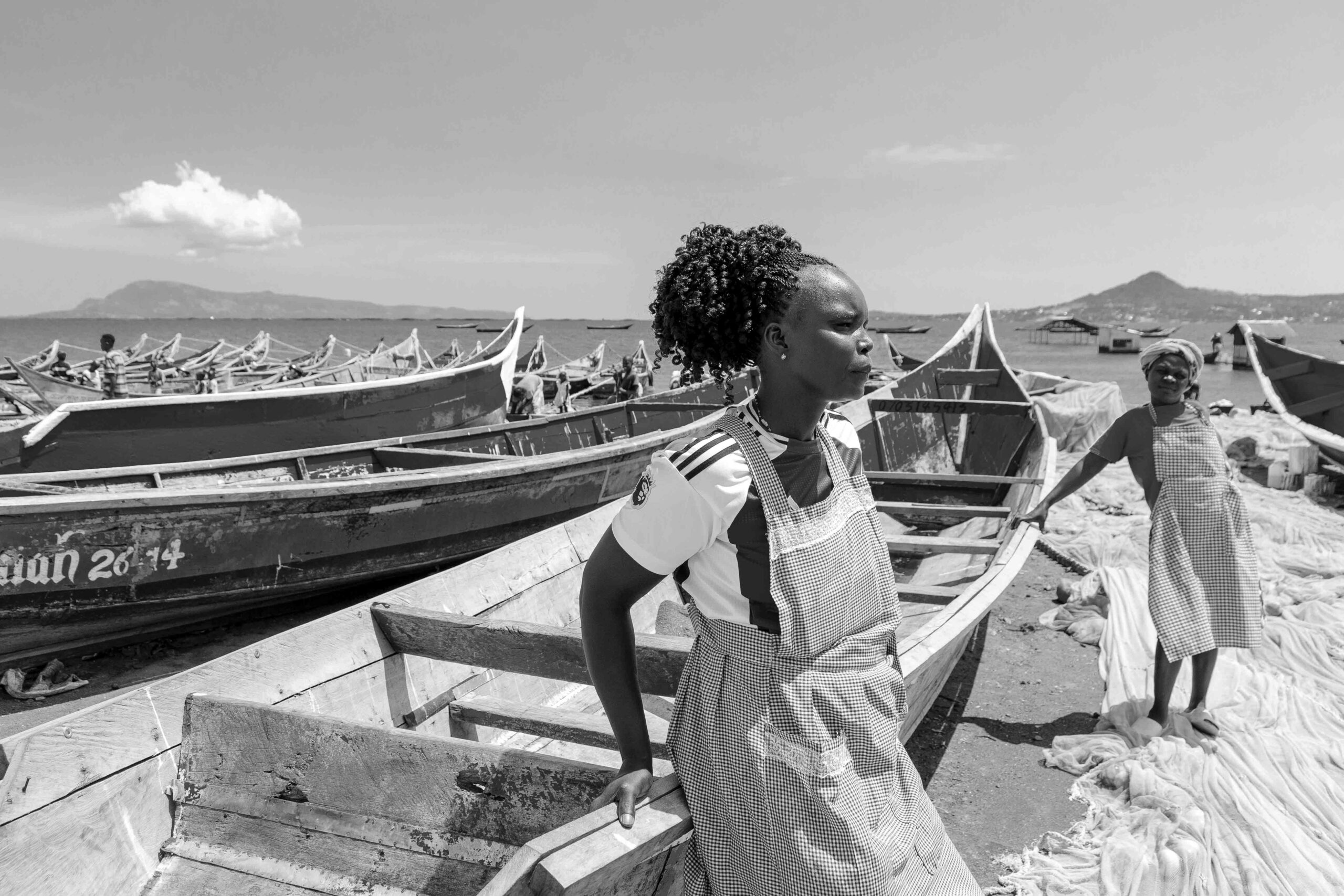
“We relied on the moon to fish,” says Patricia Awuor, a 48-year-old fishmonger at Koguna Beach in western Kenya. “They used Optimus lamps, and there were off-seasons – it was a kinder time. The lake gave us much more in return.”
Patricia comes from a long line of women who have worked the shores of Lake Victoria. Her grandmother dried fish, her mother sold it at market, and now she does the same. But times have changed. The fish are smaller, harder to find, and the women’s trade is under pressure like never before.
Along the Kenyan side of the lake, in Homa Bay County, women have long been central to the fishing economy. Once the boats come in, it is the women who take over. They buy, sort, dry, store, and sell the fish. They control prices, decide on distribution, and ensure fish gets from the lake to local markets or traders further inland. However, as fish stocks decline, their role becomes increasingly precarious.
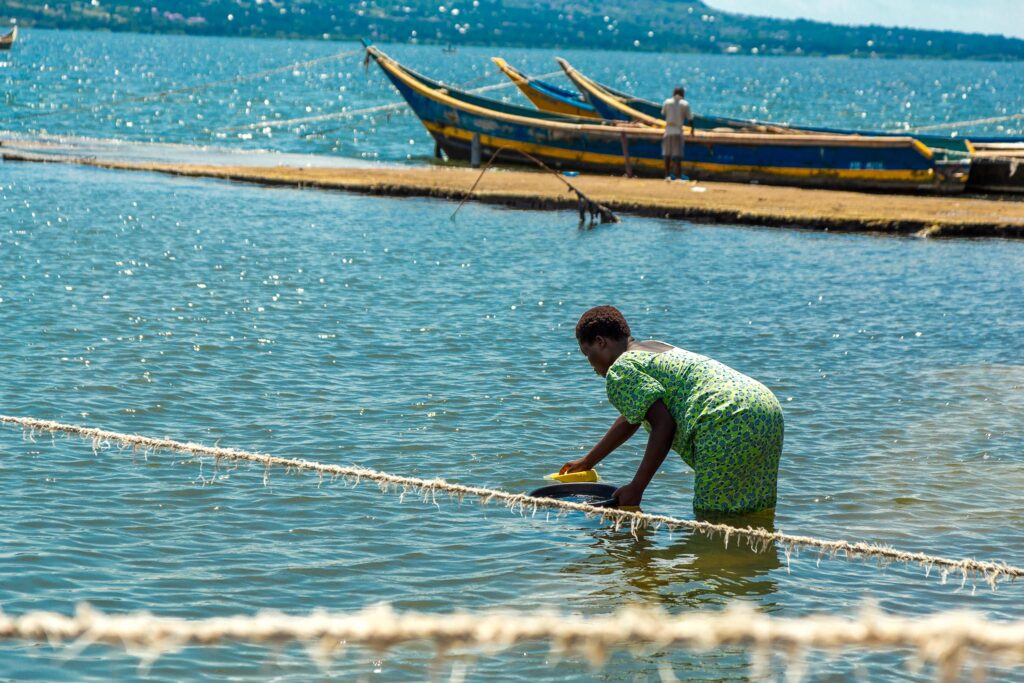
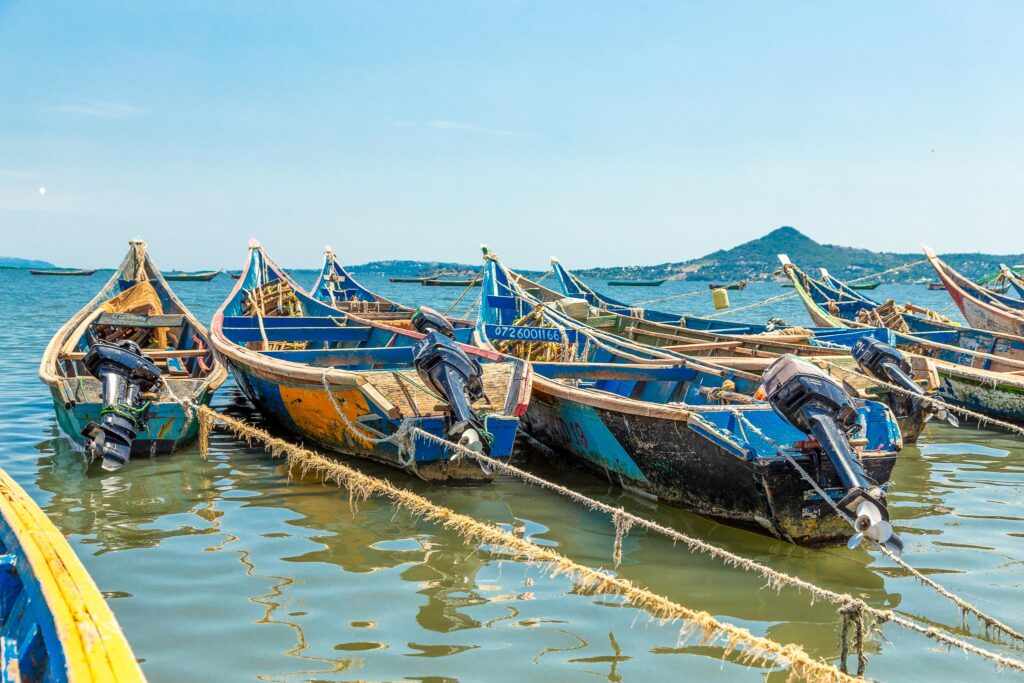
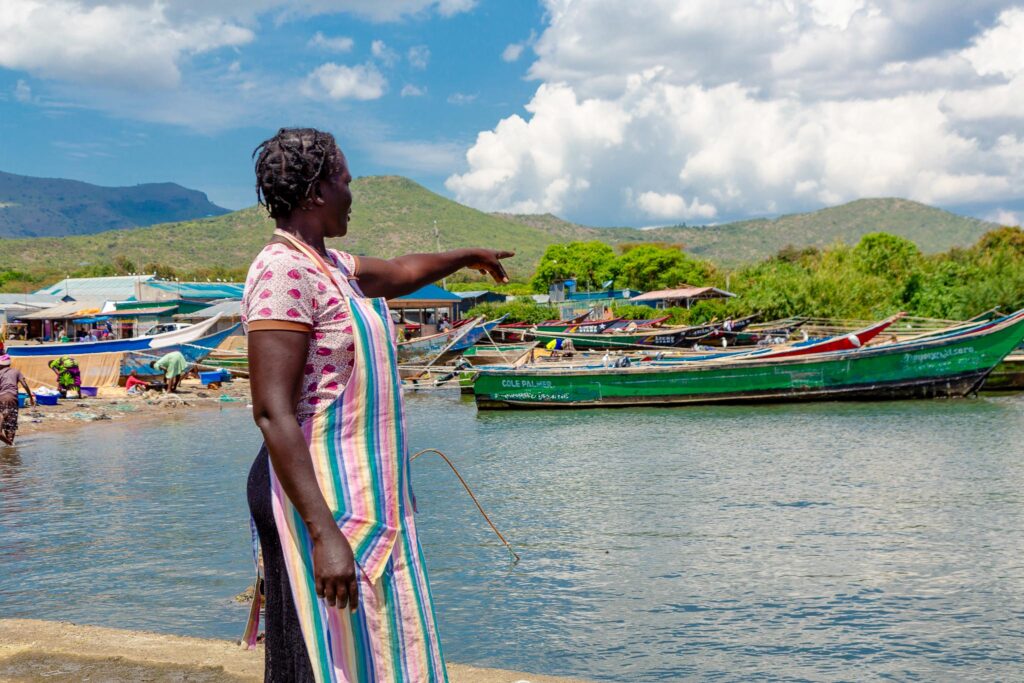
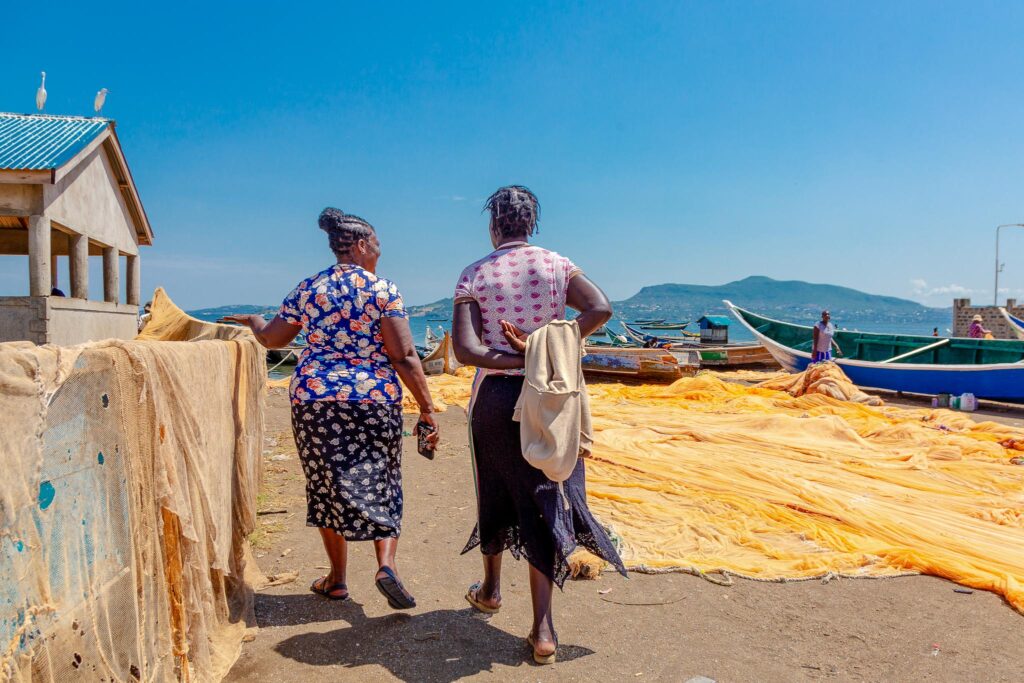
“There is just no fish,” says Everlyne Akoth, 32, who has worked as a fishmonger since she was 22. “I was born here. My grandmother did this, my mother does it too, and now I do as well. But I won’t let my daughter follow me. I regret dropping out of school, even though I had no choice. Sometimes I wish we could leave the lake alone, but I have children and bills to take care of.”
Like many in her trade, Everlyne left school early. Her family could not afford the fees. Initially, the work provided her with some independence. But with catches falling and fuel prices rising, her income no longer keeps pace with the cost of living.
She remembers when business felt different. “Ten years ago, a basin full of Omena would go for 1,000 shillings (about 10 USD),” she says. “Now the price has doubled, but with higher fuel costs and fewer fish, we don’t really earn more. Life has only become harder.”
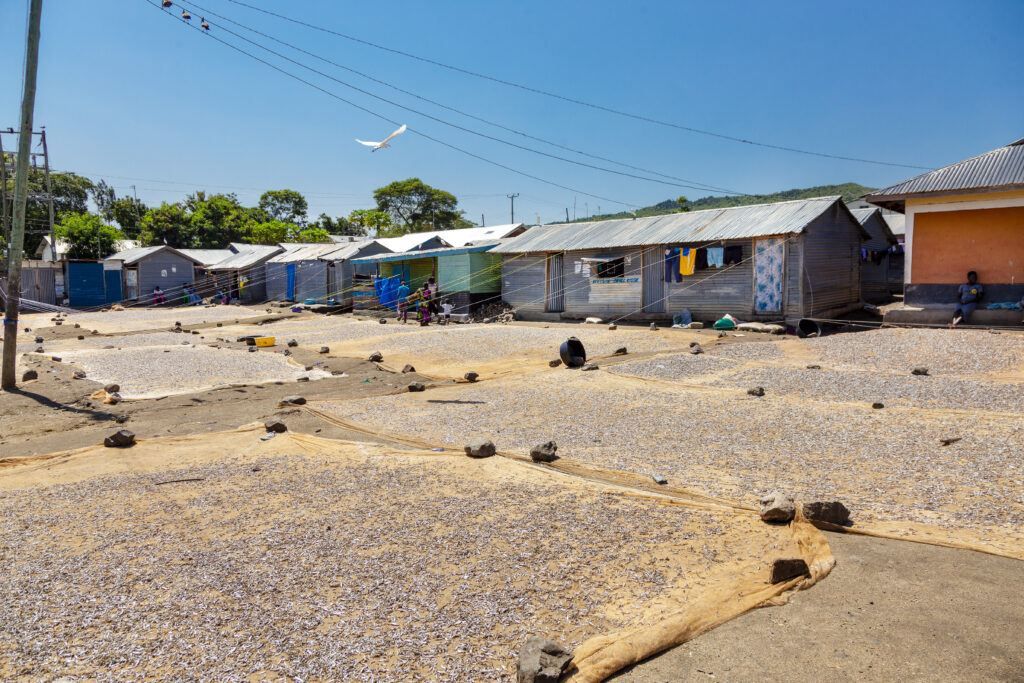
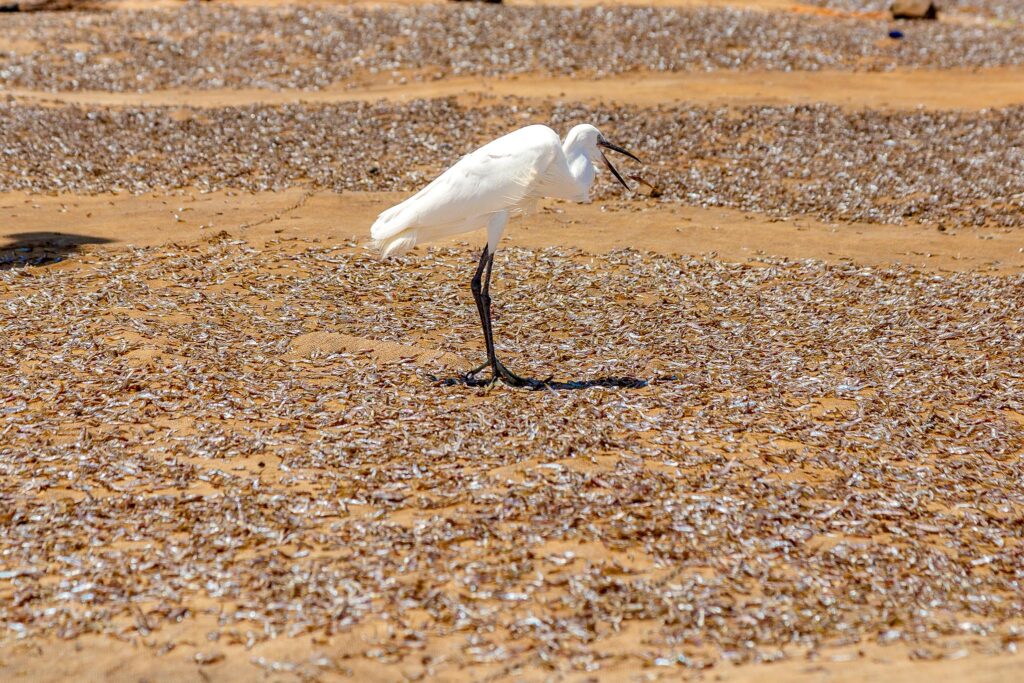
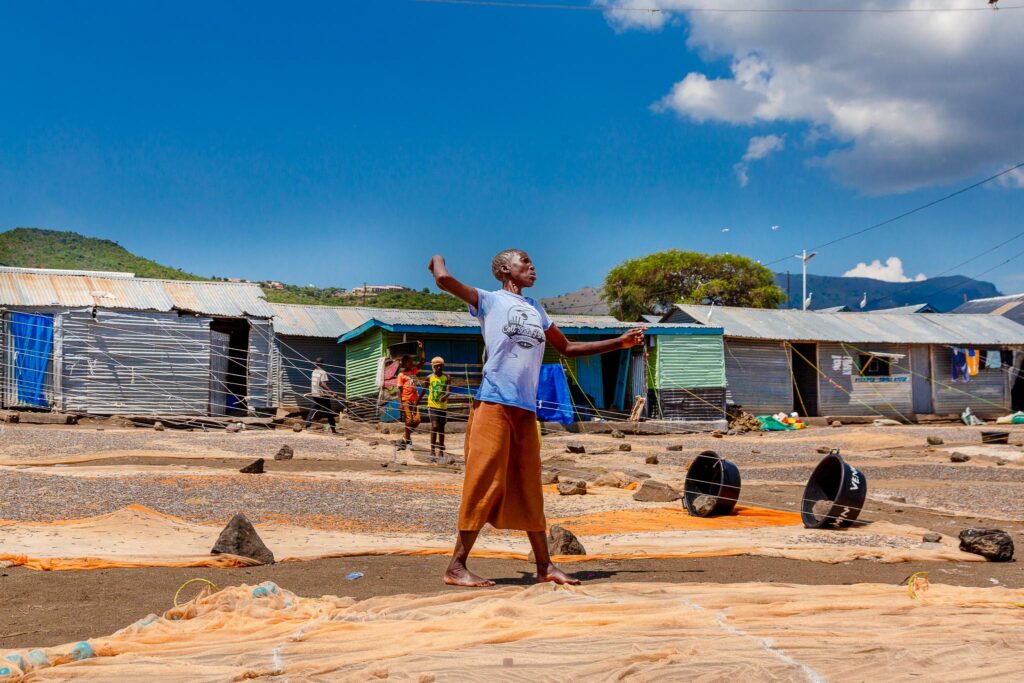
In Kenya, Omena now accounts for more than 40 percent of total fish landings – significantly more than Nile perch or tilapia. In 2011 alone, Omena contributed over 54 percent by weight. However, even this once-abundant fish is becoming increasingly difficult to find.
Maurice Onyango, a fisherman and community leader in Homa Bay, says the lake is being pushed beyond its limits. “There should be off-seasons, there should be rules,” he says. “But people don’t follow them. Some own dozens of boats. There’s no discipline anymore.”
Kenya, Uganda, and Tanzania share Lake Victoria. Once one of Africa’s richest inland fisheries, the lake is now under stress from overfishing, population pressure, pollution, and climate change. In some places, stocks have dropped so low that governments have stepped in.
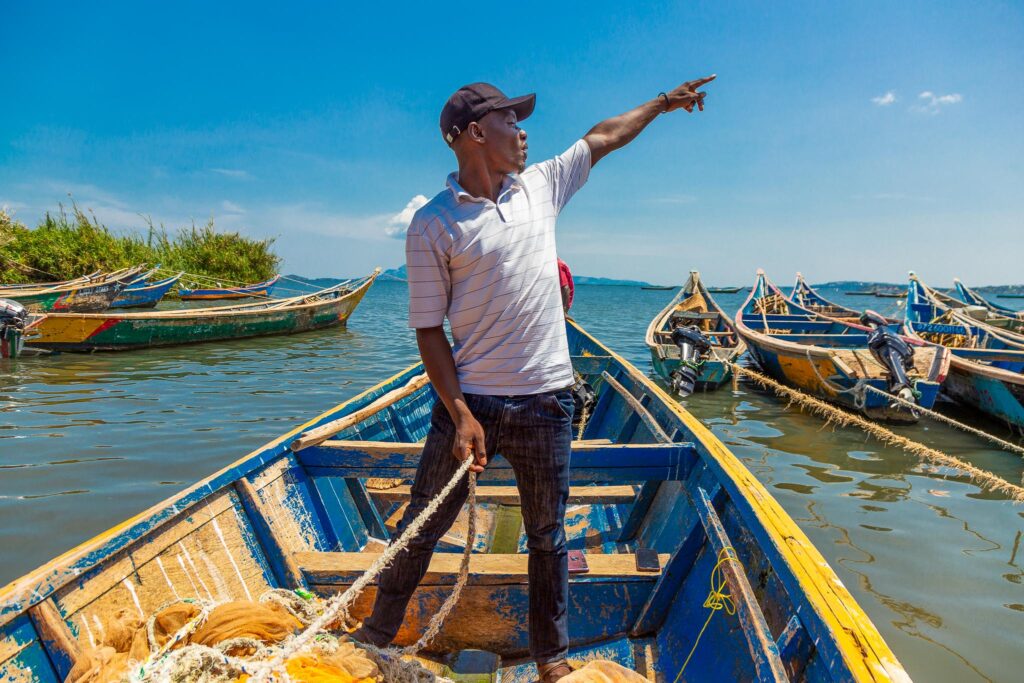
In Uganda, the ‘hurry‑up’ fishing method that scooped up too many young fish too quickly — widely used to catch silverfish (locally known as Mukene) — was banned in 2024 in favour of a more selective “chota‑chota” scoop method, in a bid to allow stocks of Nile perch and other juvenile fish to recover. Although the policy targeted gear, not the fishery itself, the move has shaken communities along the lake, especially women who relied on small fish for their trade.
At Katosi Beach, in Uganda’s Mukono district, women have adapted in creative ways. The Women of Hope group was formed in 2004 to support fishmongers. In 2020, they pooled their savings and received 25 million Ugandan Shillings (about 7,000 USD) in matching funds from the government to buy a fish-drying machine. The shift from charcoal to briquettes, and from open-air drying to a cleaner, faster method, has improved the quality of their fish and made their work less hazardous.
“We were in full-blown poverty before we bought this machine,” says Nakityo Prossy, who joined the group in its early days. “But now, even with the ban, we find ways to keep going. We try other skills too: soap making, pig rearing, weaving.”
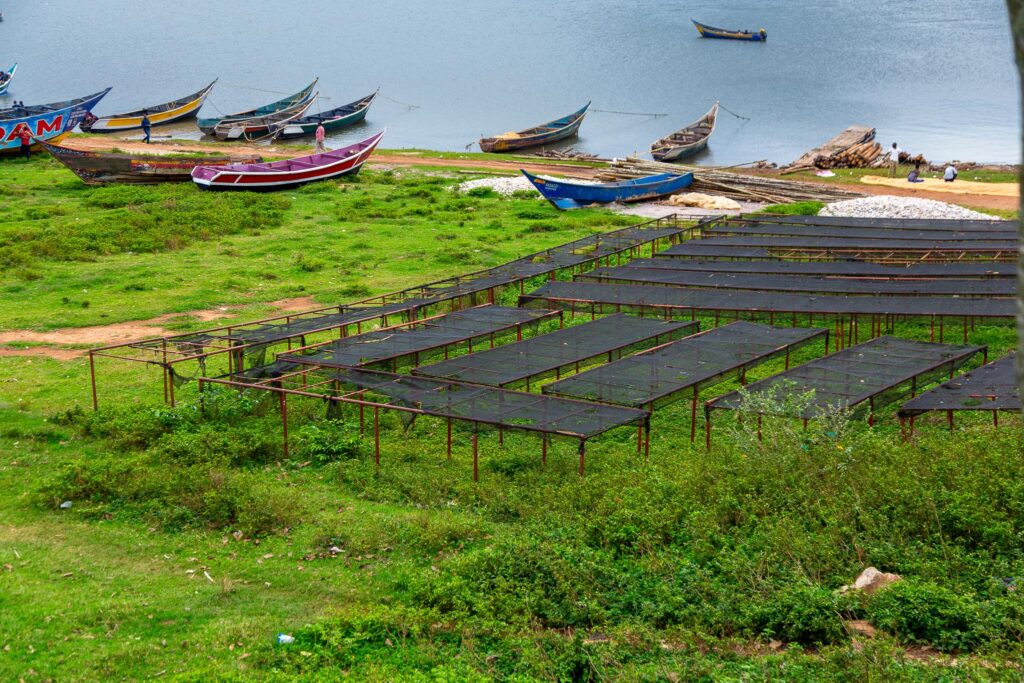
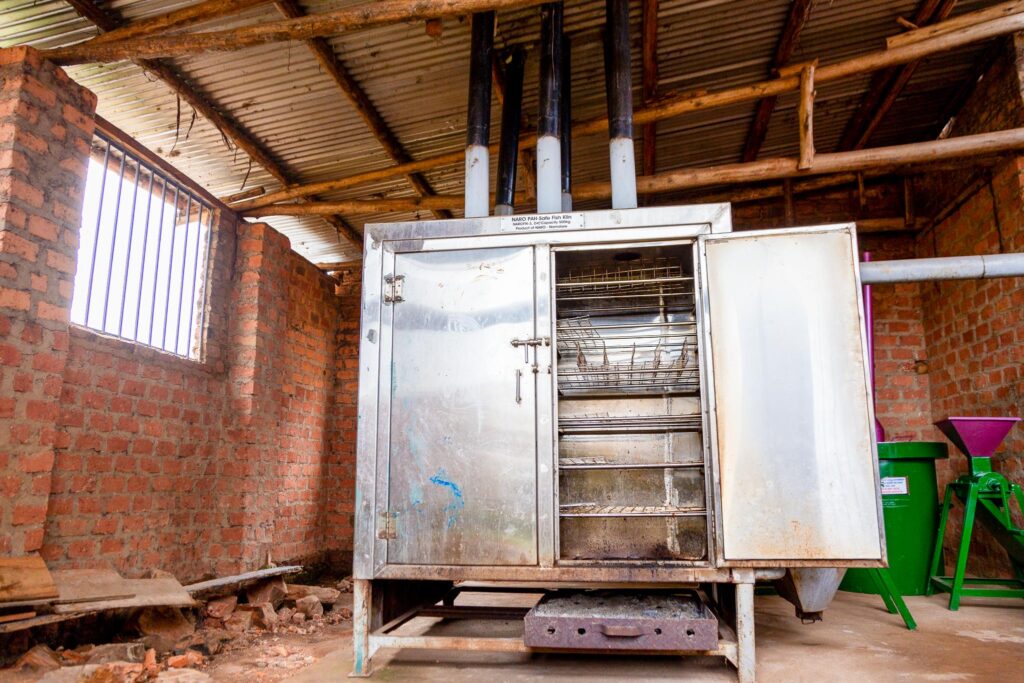
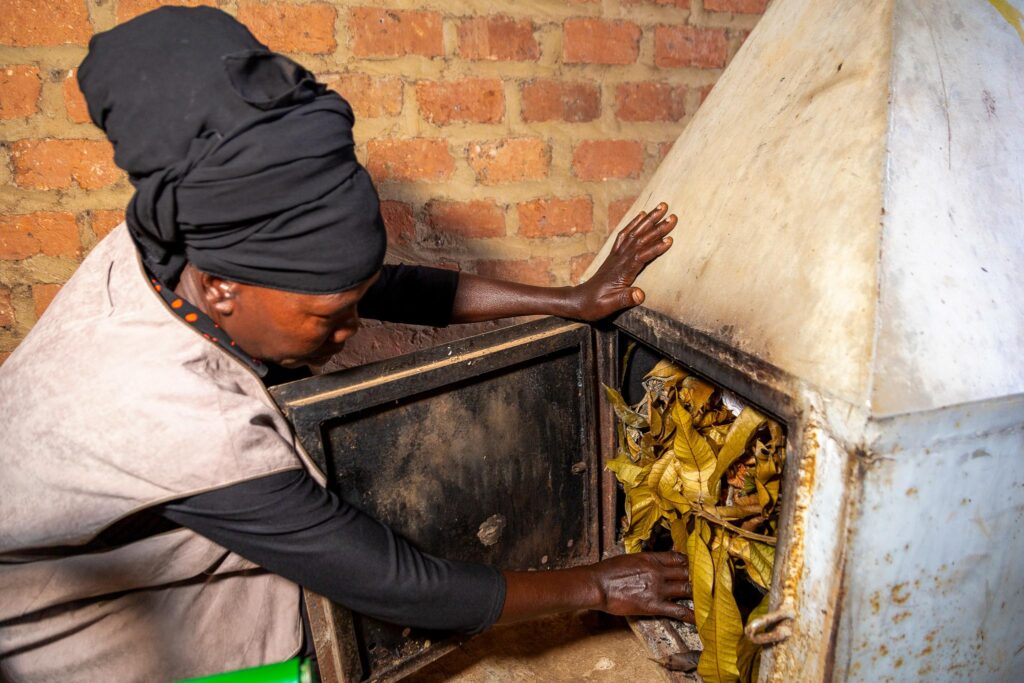
For older members like Margaret Nyakeisti, 74, the group is not only about income. Alongside other women in Katosi, she has weathered hard times and found strength in the friendships the group provides. With fish stocks dwindling and the Mukene ban in place, the Women of Hope now pass on new skills to younger women and girls — ensuring the next generation has options beyond fishing. “This lake gave us everything once,” Margaret says. “But maybe it’s time to look elsewhere.”
In both countries, some women have taken to fishing themselves – a move once seen as the domain of men. It is physically demanding and often dangerous, especially in poor weather and without safety gear. Few see it as a long-term solution.
The Uganda National Women’s Fish Organisation (UNWFO) is one of several groups working to prepare women for that shift. They train fishmongers in business skills and food safety, support women in refugee communities, and push for stronger representation in fishing policy. In recent years, they have also partnered with the Ministry of Agriculture and international organisations such as GIZ to research safer fishing practices and lobby for tighter regulation.
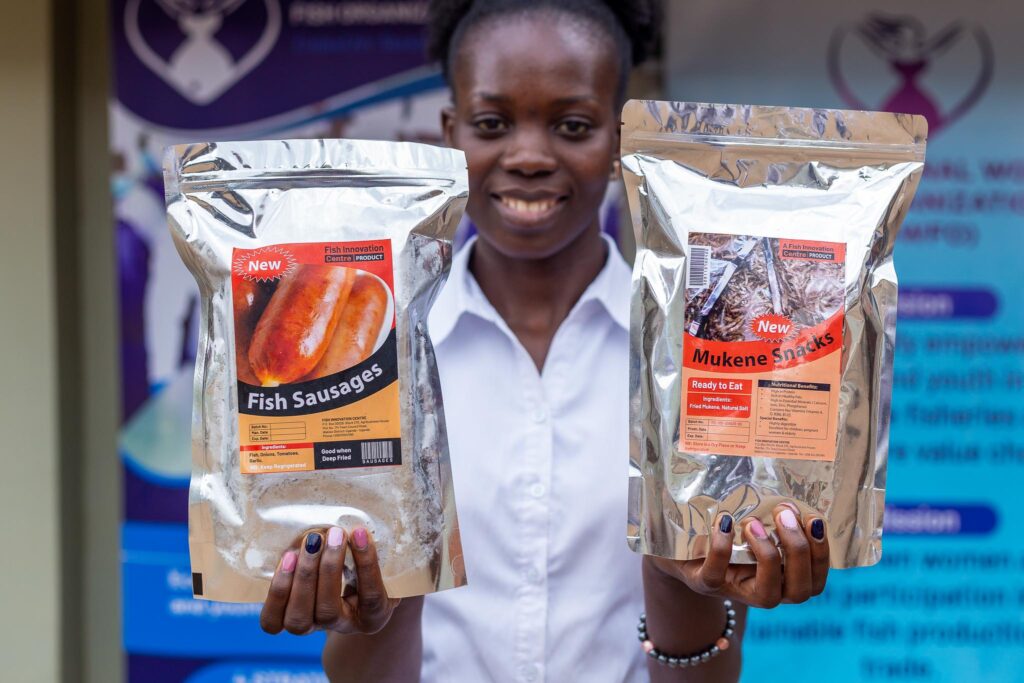
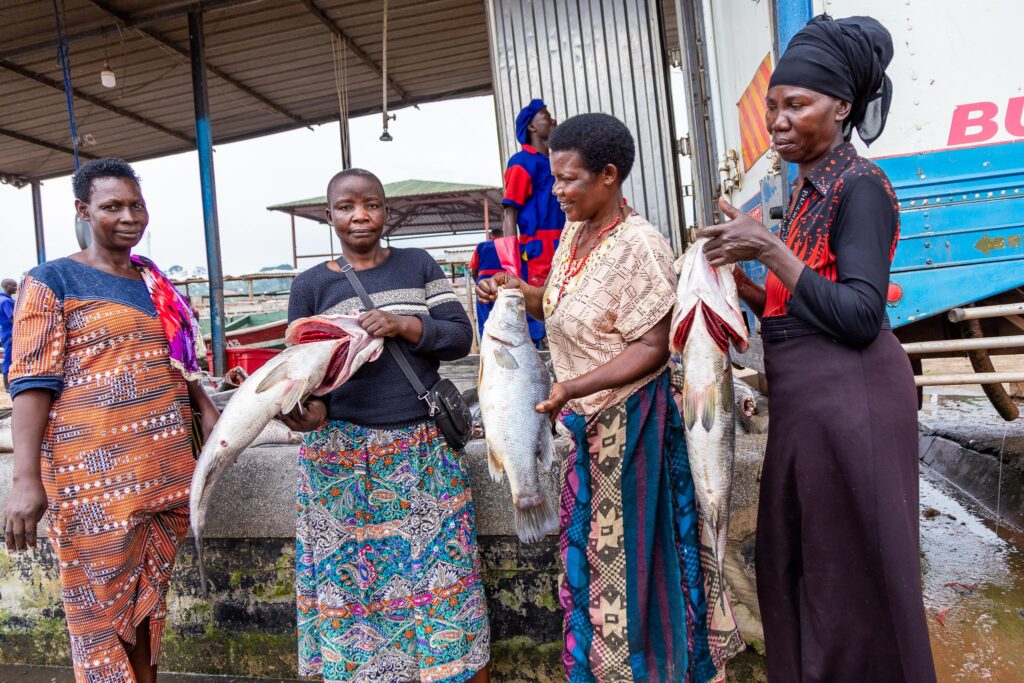
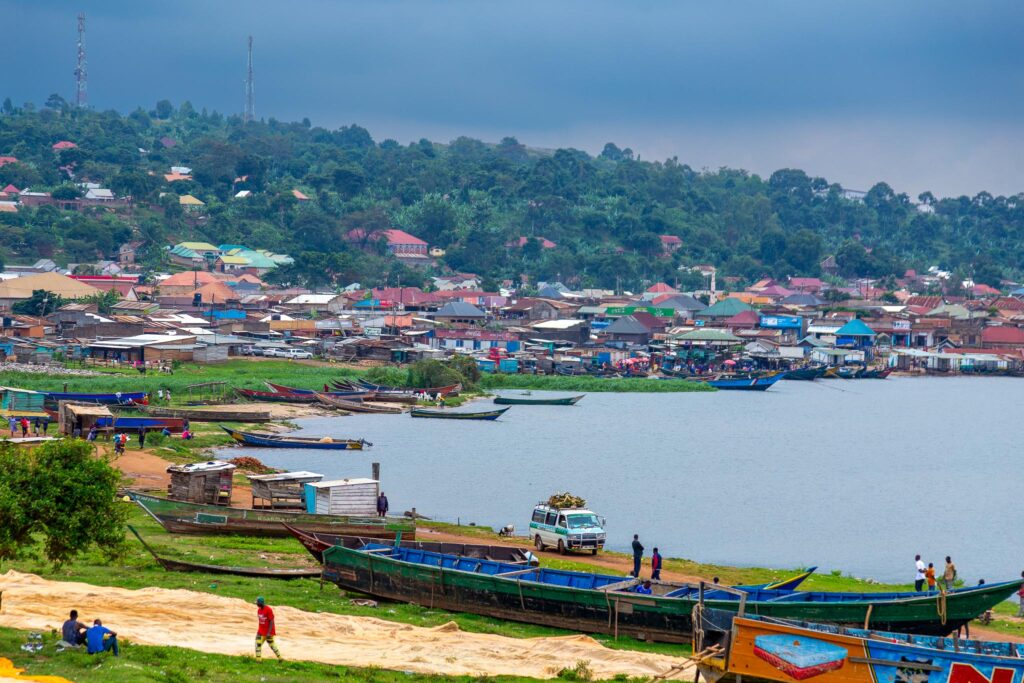
“Women have the information,” says Josephine Kawala, the organisation’s communications officer. “But they often keep quiet because of stigma. We try to build their confidence, support their ideas, and make space for them to lead.”
Groups like UNWFO and the Women of Hope demonstrate how women are adapting and seeking alternatives. Yet the pressures on the lake — from overfishing, weak enforcement, and climate change — run deeper than local innovation can solve. As stocks dwindle and traditions falter, the question remains: how long can women carry a trade that depends on a lake running out of breath?
For older women like Patricia, the uncertainty is deeply felt. “We were once many in this trade,” she says. “Now we are fewer. The lake is tired. But we are still here.”